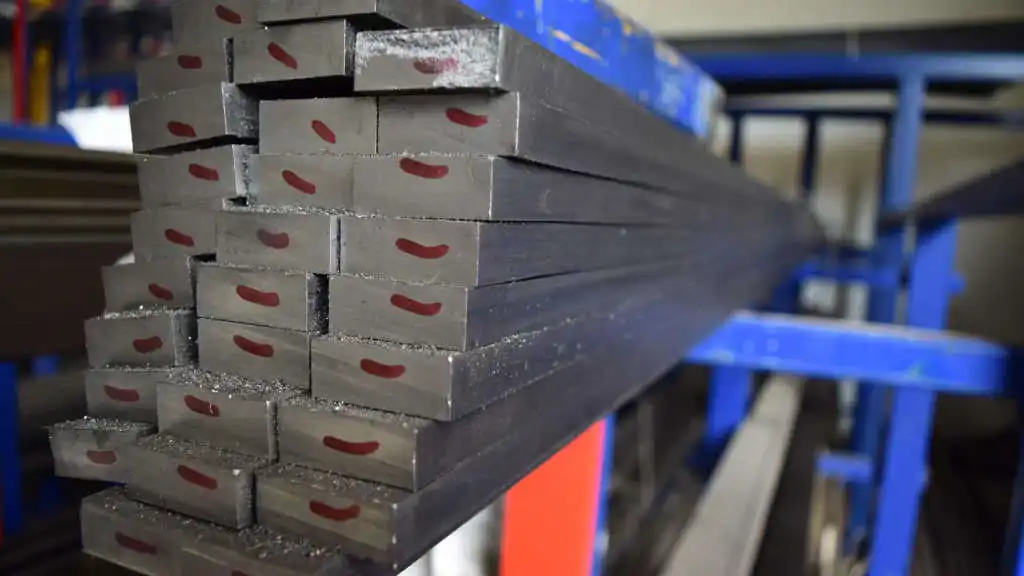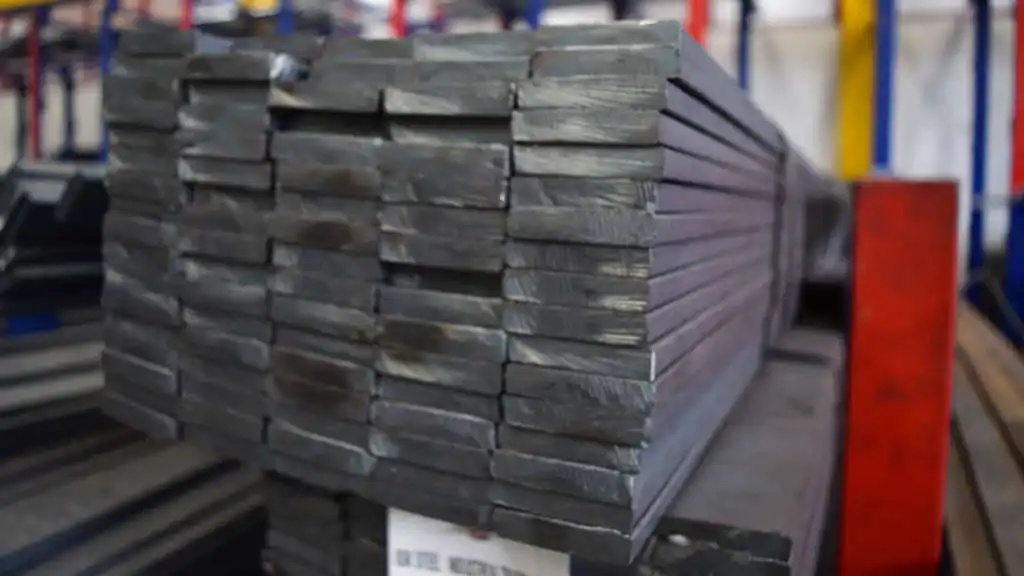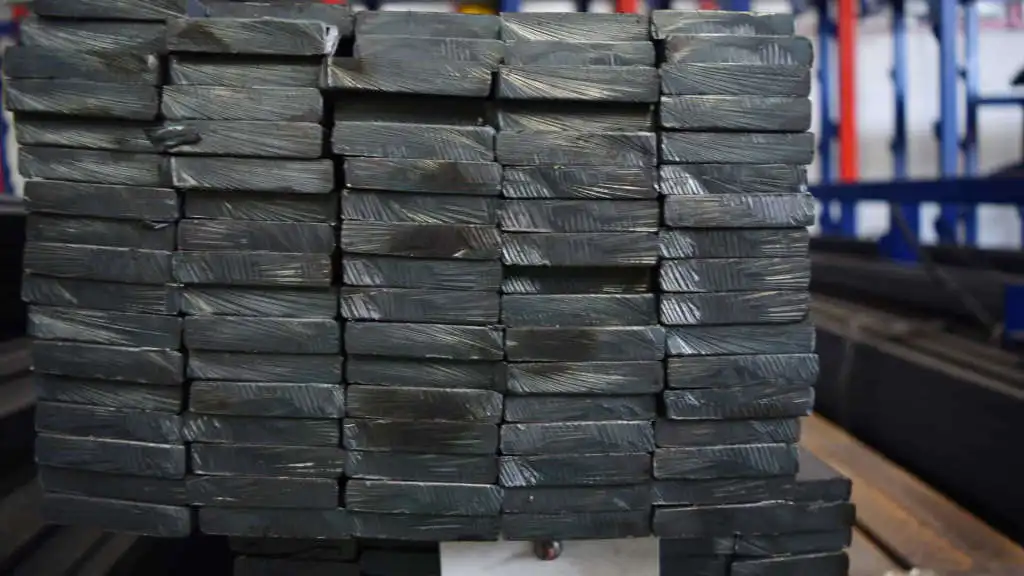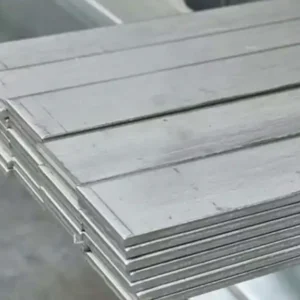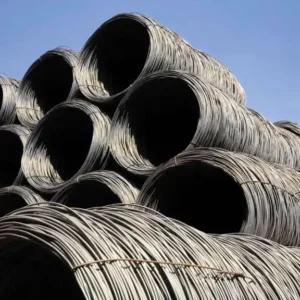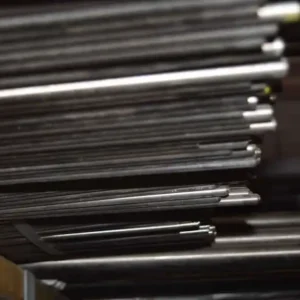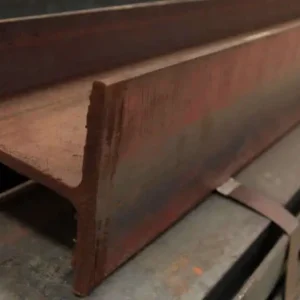Llama Iron
Lama iron is the strongest, quality and most durable iron type newly produced. It is generally used in buildings that form the main carrier with steel construction. Lama iron is used as the main carrier. The standard size produced is between 6 and 12 meters. Among the iron and steel building materials, they are the materials that keep the building standing from the lowest part of the building to the top.
Lama iron, which is produced in the case of vertical sections according to its length, is a rectangular material. Lama iron structure is varied according to the sector. As a field of use, it is an active material in reinforcement in the construction sector. In buildings with steel construction, flat iron is determined as the foundation stone.
Usage Areas and Advantages
Steel construction as usage;
- steel support and curtain
- steel grating
- steel carrier system
- It is used in the form of steel support.
Another area of use for flat irons is the automotive industry. The flat irons, which are generally used as reinforcement materials, are durable for many years with their stainless structure. For example, it is used to strengthen the support forces of the profiles on the floor and ceiling.
One of the important factors in choosing flat iron is that it is useful. It also makes the structure more robust and durable when used as a connection tool.
In all these areas, the use of flat iron is of great importance. It is preferred because it is strong and durable.
Lama iron is also used in the automotive industry. Flat iron is used between the floor and ceiling and between two profiles, which strengthens the support forces. Lama iron, which is a reinforcement material in general, is long-lasting because it is stainless.
Their quality
S235JR 5437 QUALITY MECHANICAL PROPERTIES
|
Mechanical Properties
|
|
|
Standard Equivalent
|
ERDEMİR
Quality No
|
Re (min) N/mm2 ( kg/mm2 ) d(thickness, mm)
|
Rm(1)
N/mm2 ( kg/mm2 ) d(thickness, mm)
|
A (%) min.
d(thickness, mm)
|
Coup (3) (Longitudinally)
|
|
A80
|
A5
|
|
<16
|
>16
<40
|
>40
<63
|
>63
<80
|
>80
<100
|
<3
|
>3
<100
|
>1
<1.5
|
>1.5
<2
|
>2
<2.5
|
>2.5
<3
|
>3
<40
|
>40
<63
|
>63
<100
|
Sıc.
°C
|
KVc
J(min.)
|
|
Standard
|
Quality’81
|
|
EN 10025-2
|
S235JR+AR CTB
|
5437
|
235 (24.0)
|
225 (23.0)
|
215
(21.9)
|
215 (21.9)
|
215
(21.9)
|
360-510 (36.7-52.0)
|
360-510 (36.7-52.0)
|
16
|
17
|
18
|
19
|
24
|
23
|
22
|
+20
|
272)
|
275JR 3244 CHEMICAL COMPOSITION Standard: EN 10025-2:2019
|
Chemical Composition (%)
|
|
Standard Equivalent
|
ERDEMİR
|
C d(thickness, mm)
|
Mn
|
P
|
S
|
Si
|
Cu
|
N(1)
|
|
CE(IIW) (4) max. (%)
|
|
|
|
Quality No
|
<16
|
16<d<40
|
40<d<100
|
|
|
|
|
|
|
|
d (mm)
|
|
|
Standart
|
Quality
|
|
max.
|
max.
|
max.
|
max.
|
max.
|
max.
|
max.
|
max.
|
max.
|
<30
|
30<d<40
|
40<d<100
|
|
EN 10025-2
|
S275JR+AR
|
3244(1)
|
0.21
|
0.21
|
0.22
|
1.50
|
0.035
|
0.035
|
–
|
0.55
|
0.012
|
0.40
|
0.40
|
0.42
|
For S275 and S355 grades, max. Carbon equivalent (CEV) can be increased by 0.02% for %Si ≤ 0.04 and 0.01% for %Si ≤ 0.25.
S355JR 3252 CHEMICAL COMPOSITION Standard: EN 10025-2:2019
|
Chemical Composition (%)
|
|
Standard Equivalent
|
ERDEMİR
|
C d(thickness, mm)
|
Mn
|
P
|
S
|
Si
|
Cu
|
N(1)
|
|
CE(IIW) (4) max. (%)
|
|
|
|
Quality No
|
<16
|
16<d<40
|
40<d<100
|
|
|
|
|
|
|
|
d (mm)
|
|
|
Standard
|
Quality
|
|
max.
|
max.
|
max.
|
max.
|
max.
|
max.
|
max.
|
max.
|
max.
|
<30
|
30<d<40
|
40<d<100
|
|
EN 10025-2
|
S355JR+AR
|
3252(1)
|
0.24
|
0.24
|
0.24
|
1.60
|
0.035
|
0.035
|
0.55
|
0.55
|
0.012
|
0.45
|
0.47
|
0.47
|
For S275 and S355 grades, max. Carbon equivalent (CEV) can be increased by 0.02% for %Si ≤ 0.04 and 0.01% for %Si ≤ 0.25.



